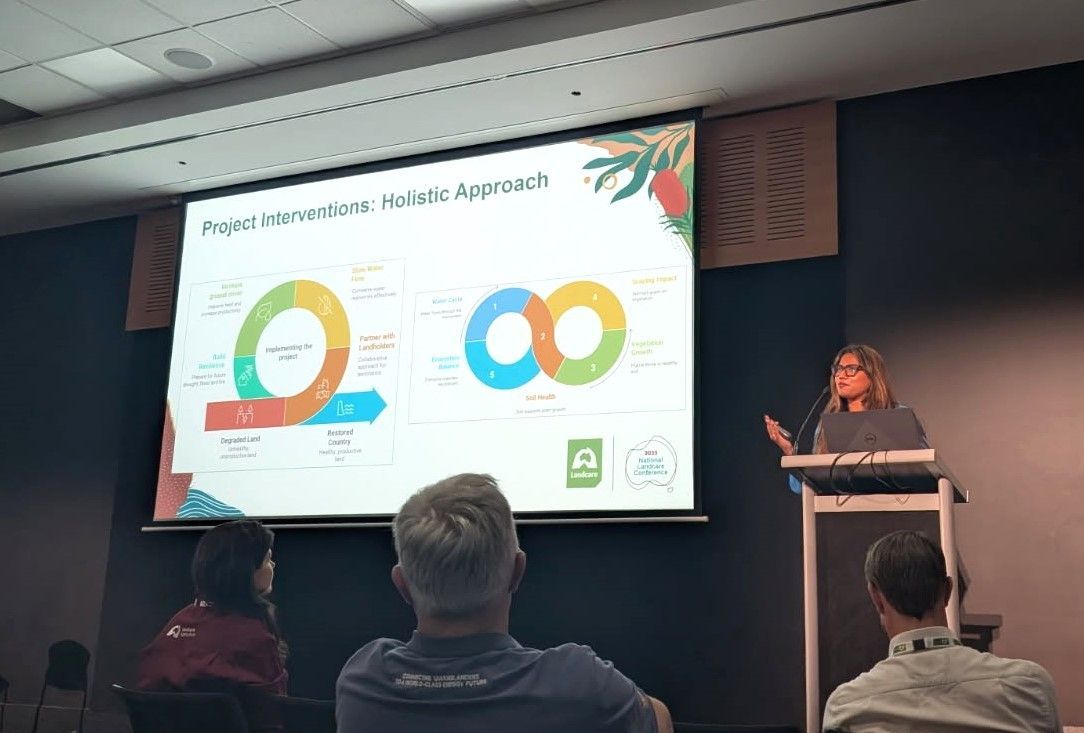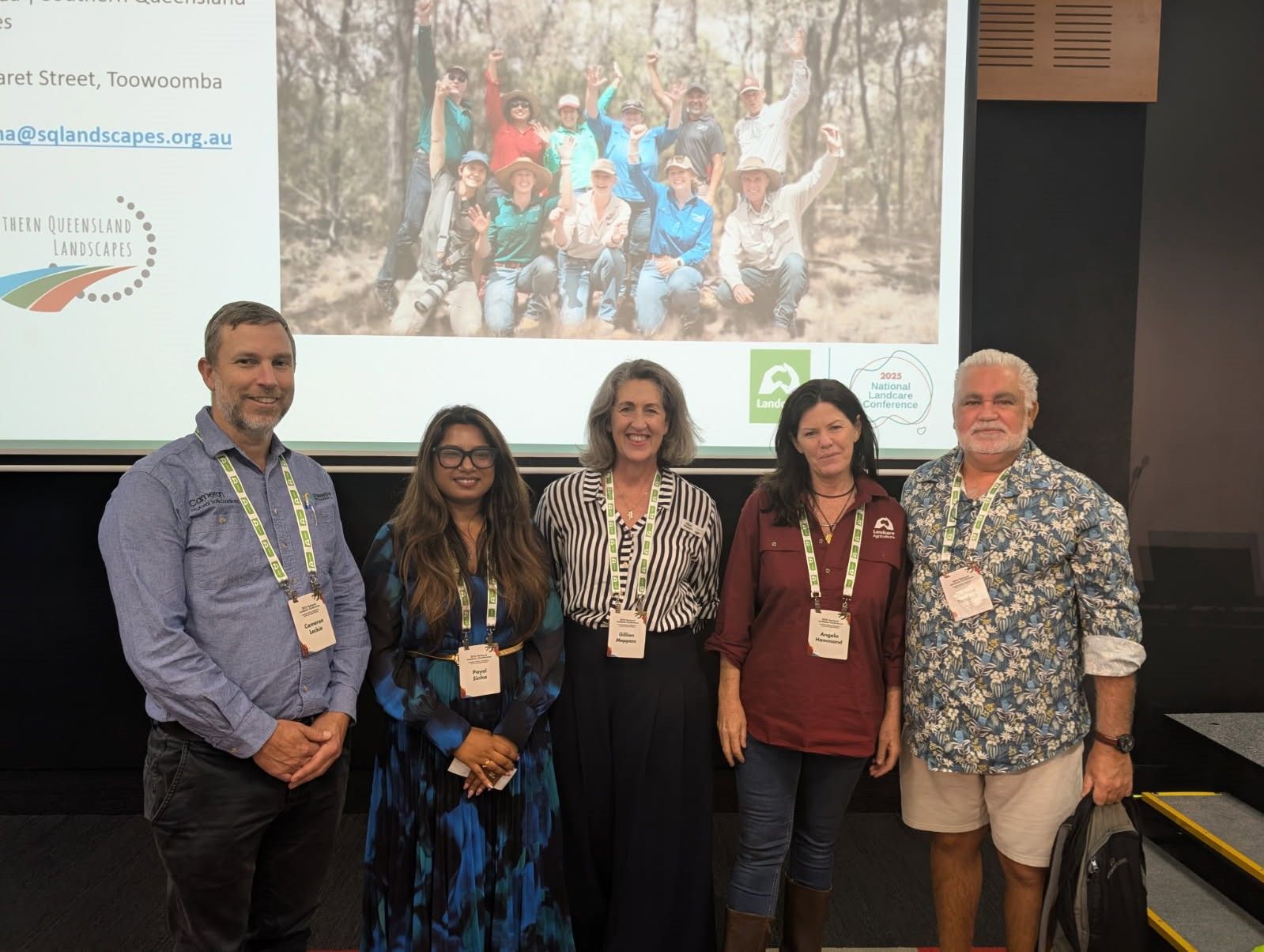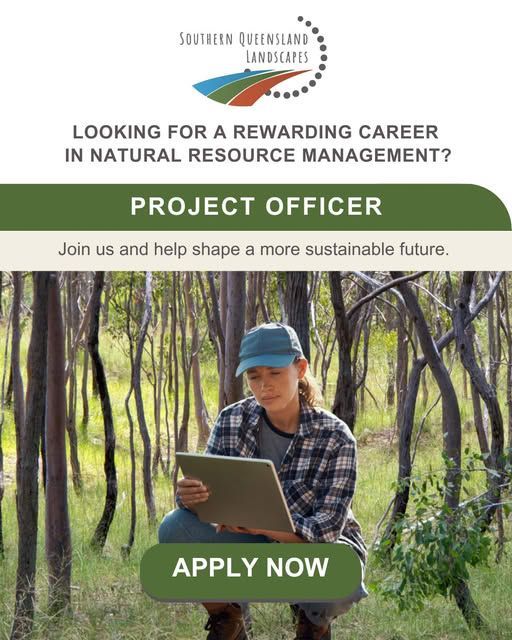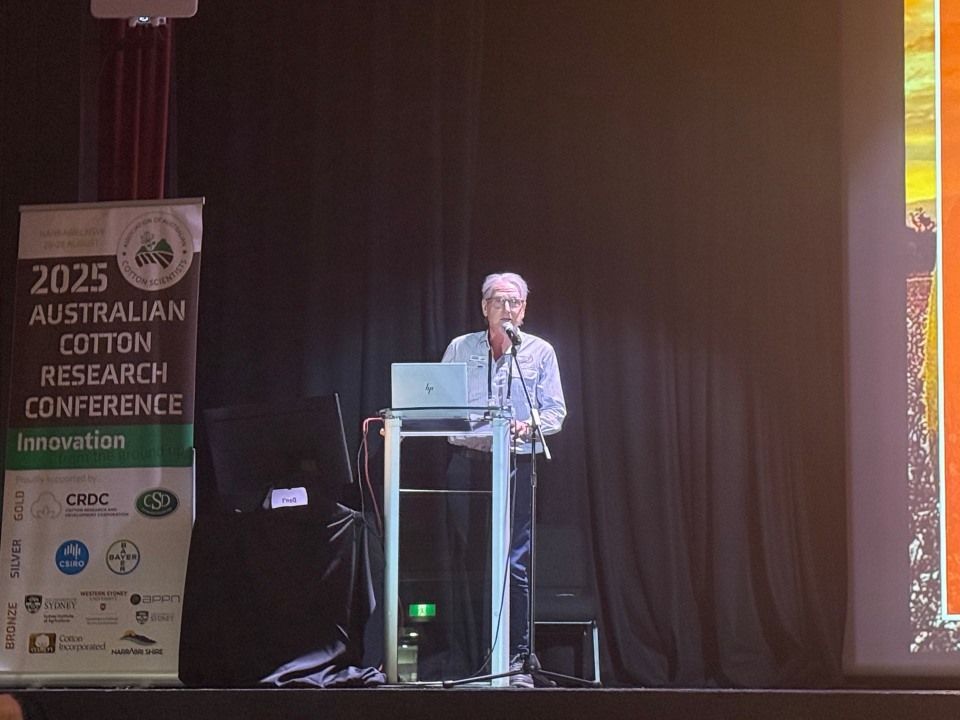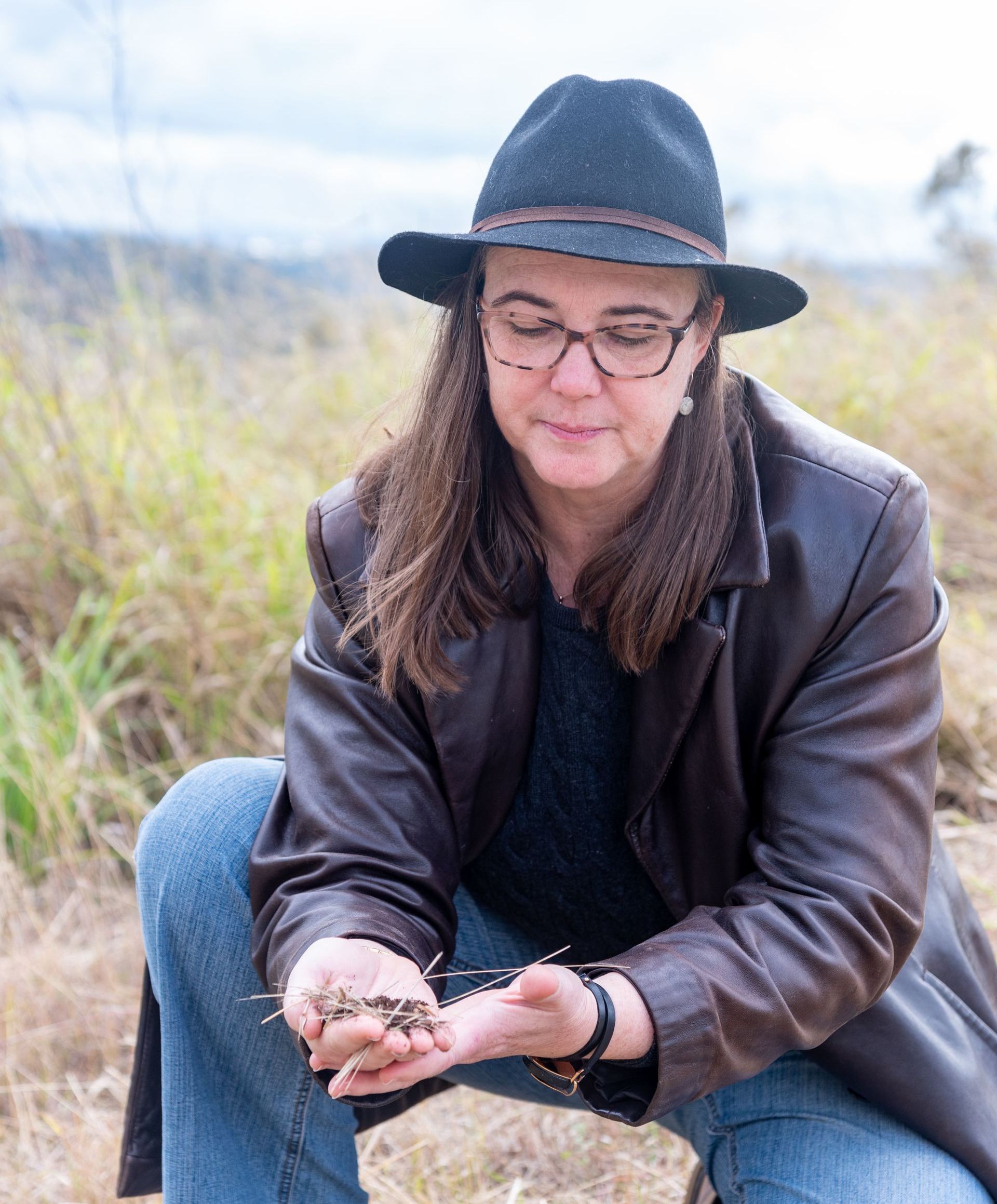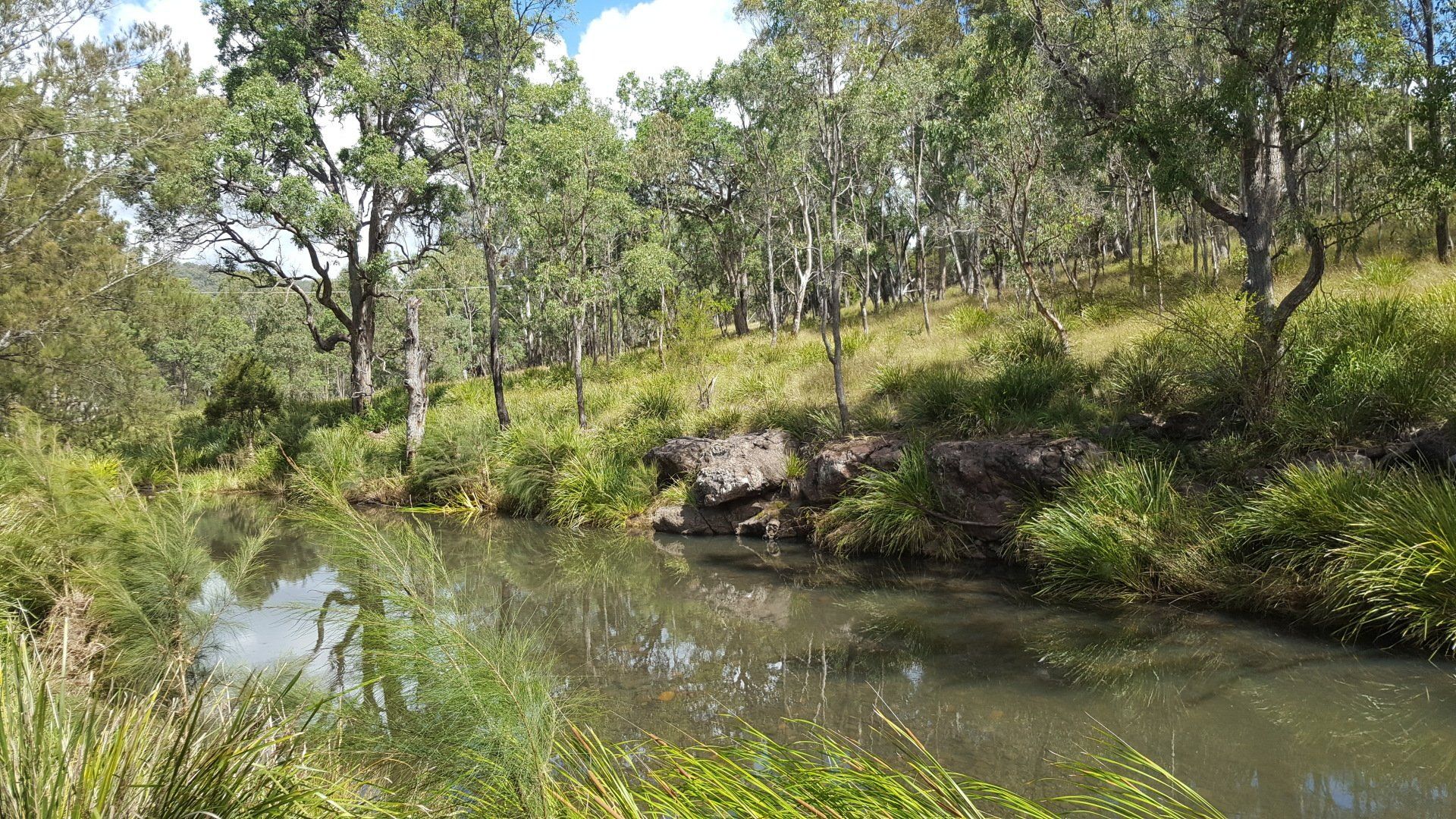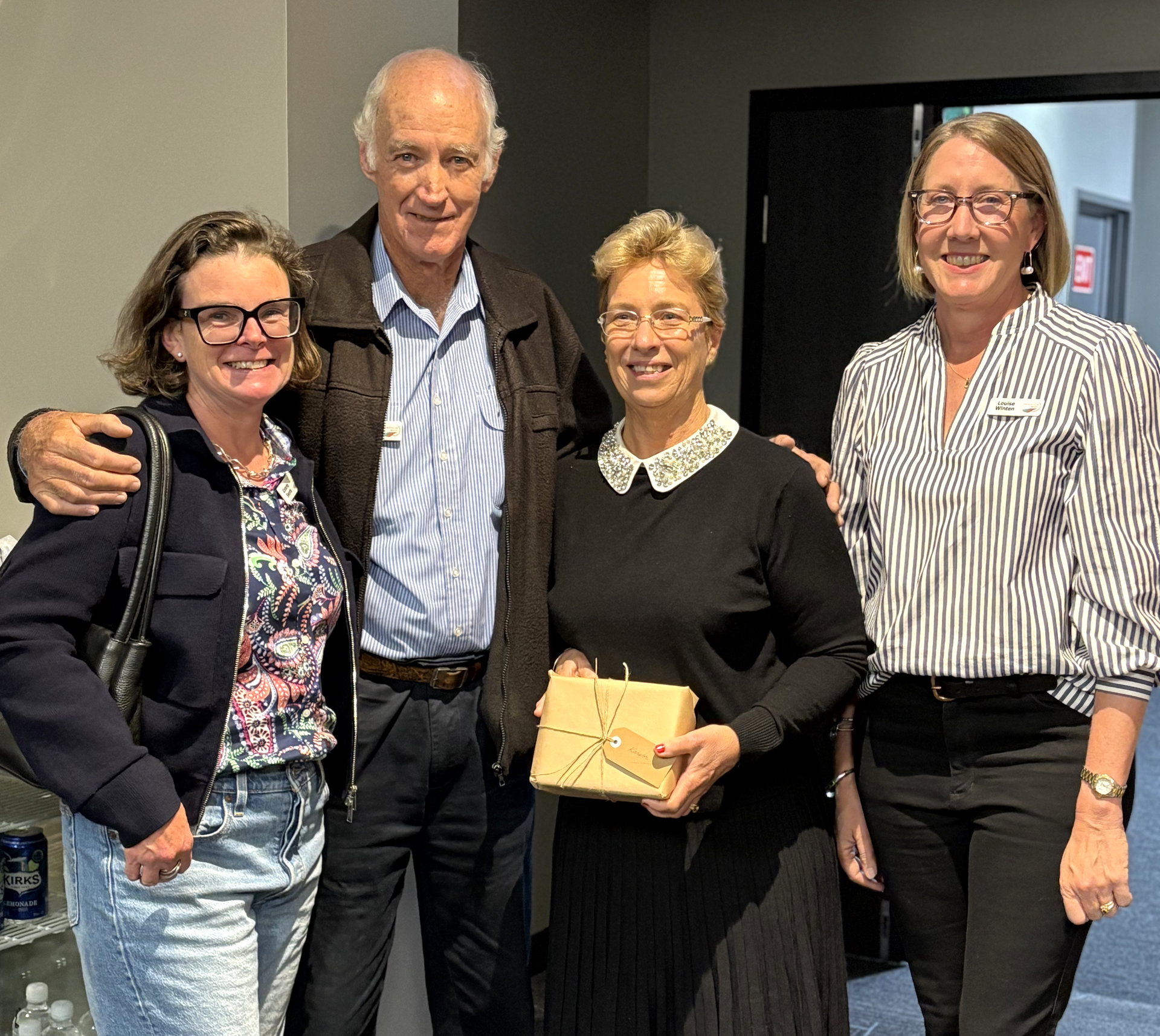Robbie Williams' job is far from ordinary. A unique set of skills and over 60,000 years of First Nations lore is key to what makes him the first line of defence against devastating bushfires. Now he is sharing that knowledge with the First Nations mobs of Southern Queensland.
Robbie is a Fire Practitioner, a trained First Nations individual who manages and protects Country by regulating excessive fuel load through cool burns - a strategic burning of vulnerable landscapes to mitigate available fuel for bushfires during dry seasons.
“Because our landscapes get so dry during the summer periods and drought, cool burning allows us to minimise the amount of fuel those bushfires can use,” Robbie Williams said.
“Unfortunately, due to poor management in many areas and excessive clearing, we have an imbalance on Country which actually makes us more vulnerable to bushfires; fortunately, cool burns are essential to managing this,” Mr Williams said.
“We can stop bushfires in its tracks by targeting what is most likely to get those fires going and to direct it away from particular areas,” he said.
“This is a slow method that’s controlled and strategic; we don’t just light a fire and leave it to go wherever it wants.”
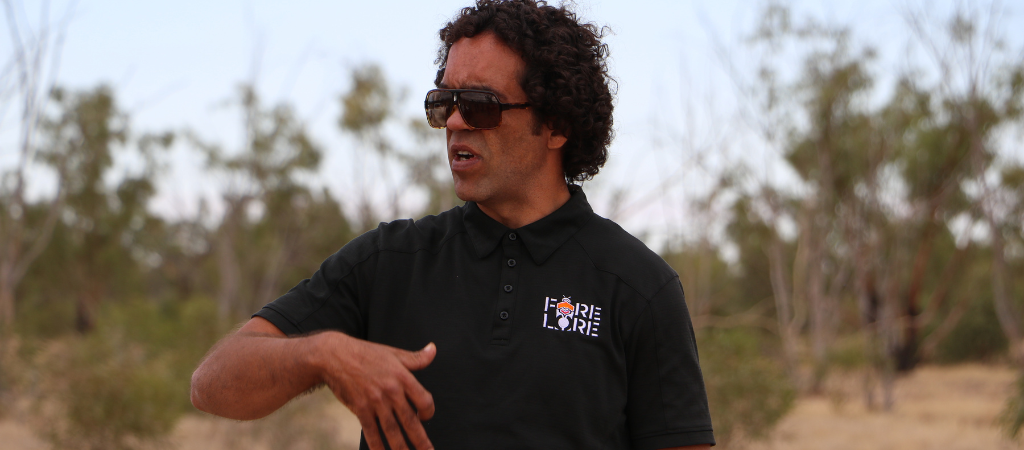
Robbie is a Fire Practitioner, a trained First Nations individual who manages and protects Country by regulating excessive fuel load through cool burns - a strategic burning of vulnerable landscapes to mitigate available fuel for bushfires during dry seasons.
Fortunately, Robbie isn’t on his own in the vast stretches of Mulga. Rather, he is joined by his father, Uncle Rob, and the local Elders of the land.
Joined by Elders and members of the Boonthamurra, Bidjara, Kooma, Budjiti, Kunya, Kullilli, Murrawarri and Mardigan Peoples, Robbie is here to share with local communities to reconnect with their fire culture of ages past and to provide new opportunities on Country.
“We’re not here to visit someone else’s Country and tell them what they should do. What we’re doing is introducing ourselves, sharing our stories and offering resources and support so they can do their own fire practitioner work on Country,” Robbie Williams said.
“One of Fire Lore’s biggest advantages is our insurance. Most fire practitioners have to be accompanied by Rural Fire Service or National Parks for insurance, but as ours are the same type as those organisations, we can do this work on our own which is really powerful for these mobs,” Mr Williams said.
“We have developed modules and training programs so we can visit Country, share with the local mobs how to manage fire, and then let them run it on their own terms. This allows them to heal Country and to get paid while doing it through Indigenous-lead employment,” he said.
“As Githabul People, we don’t want to be doing fire management for Budjiti mobs. We want Budjiti to manage their
own
Country.”

“We’re not here to visit someone else’s Country and tell them what they should do. What we’re doing is introducing ourselves, sharing our stories and offering resources and support so they can do their own fire practitioner work on Country,” Robbie Williams said. (Pictured: Uncle Rob Williams)
The visit allowed Robbie an opportunity to meet regional communities and to understand their lore, histories, and culture. Some of these sites included 3,500-year old Mardigan fish traps, the Kullilli sand hills at Thargomindah, and a sacred Mardigan men’s initiation site near Yowah.
“Seeing so many different sites really puts into perspective that this isn’t just one mob’s stories and lore. You find everywhere you go that we have the same rules and stories and that these mobs want to get back onto Country,” Robbie Williams said.
“They all believe in caring for Country. For building a healthy community. They have the same fire rules as Githabul does; like not burning the canopy and going against the wind,” Mr Williams said.
“They want to get back onto Country to start that healing of Country, but also to heal their communities. To bring employment and meaning to their young fellas and to finally start reconnecting with their history and Elders,” he said.
“We’re hoping that these Fire Lore branches can be the catalyst for that, because once we’ve got it started, there’s no going back. This is going to revitalise Murri communities in ways we’ve never seen before.”
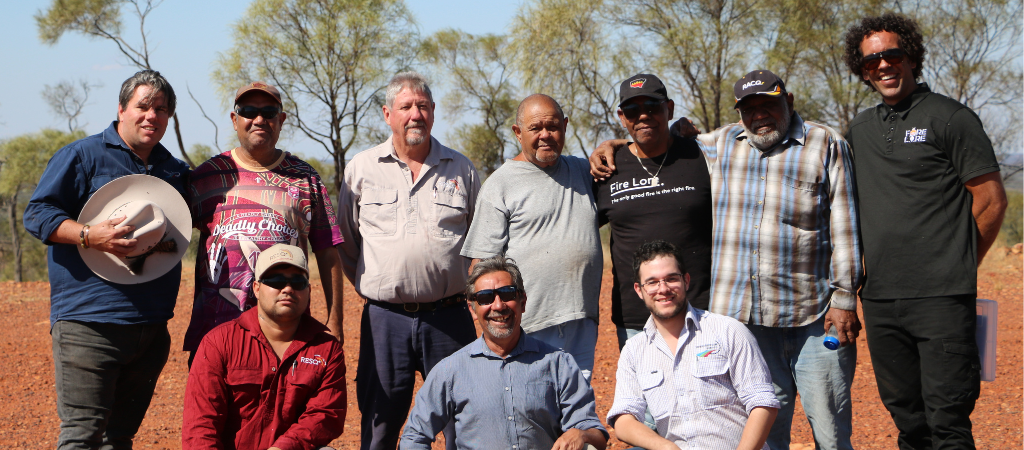
“Catching up with Elders and men from Cunnamulla out at Jandell was also an amazing experience for us and for Robbie. Seeing how enthusiastic everyone was and we were all wanting to move in the one direction - caring for Country.” Geoff Reid said.
The visit was organised by Regional Agricultural Facilitators (RALF) Geoff Reid (Gomileroi) and Jackson Shillingsworth (Mardigan) through the Regional Land Partnerships program (RLP) and between them, they brought together their mutual connections throughout the region to make the tour possible.
“It was great to catch up with Elders and community around the Mulga Lands. Everyone was really engaged and they cared for Community and Country so much.” RALF Geoff Reid said.
“Going out to the Mardigan fish traps was really amazing; seeing how the First Peoples of this Nation found smart and innovative ways to catch fish was mind blowing. It felt like I went back in time! It was so special,” Mr Reid said.
“Spending time with the directors of Kullilli was also a great experience for us. We were able to bring SQ Landscapes, Bulloo Shire Council and Kullilli together for a yarn about bringing Traditional Burning back to the region,” he said.
“Catching up with Elders and men from Cunnamulla out at Jandell was also an amazing experience for us and for Robbie. Seeing how enthusiastic everyone was and we were all wanting to move in the one direction - caring for Country.”
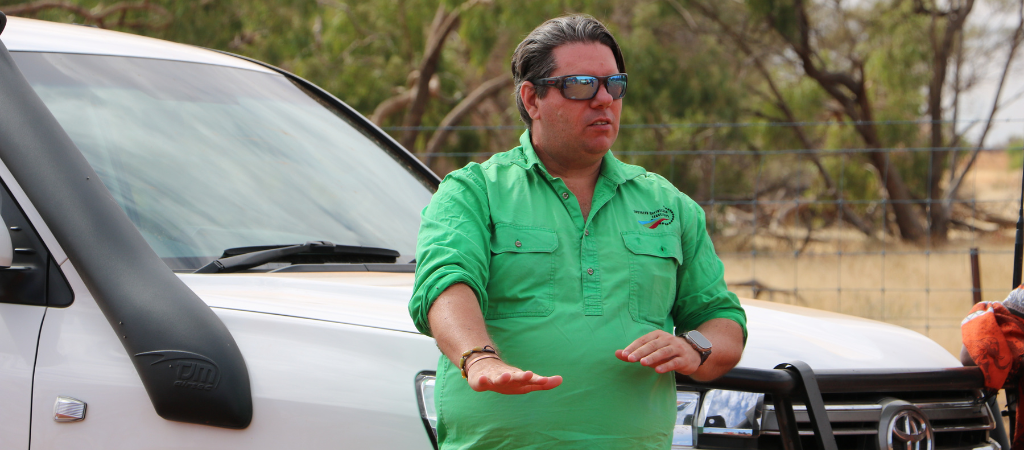
“Overall the Fire Lore trip did what we were hoping. We wanted to bring the community together and see what interest there was to bring Traditional Burning back to the Mulga Lands,” Geoff Reid said.
Mr Reid also highlighted the success of the trip, pleased with the direction that the tour had taken and reflecting on the new connections that formed between Fire Lore and the local mobs.
“Overall the Fire Lore trip did what we were hoping. We wanted to bring the community together and see what interest there was to bring Traditional Burning back to the Mulga Lands,” Geoff Reid said.
“Everyone we met were super keen and optimistic about the future where we would get more people back to Country, caring for it and creating employment,” Mr Reid said.
“I don’t think we could have hoped for a better outcome than what we received,” he said.
“We were very fortunate to have Robbie and his father on Country to share their knowledge and help make this a reality.”
Learn more about Fire Lore: https://www.firelore.earth/
Learn more about the Regional Land Partnerships: https://www.sqlandscapes.org.au/environment-project---regional-land-partnerships
This program was funded by the Australian Government's Regional Land Partnerships program.
